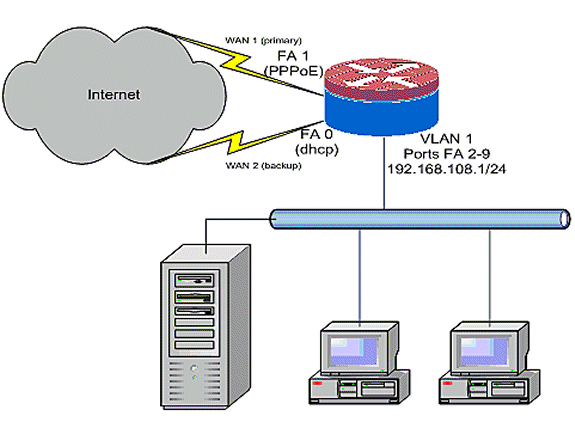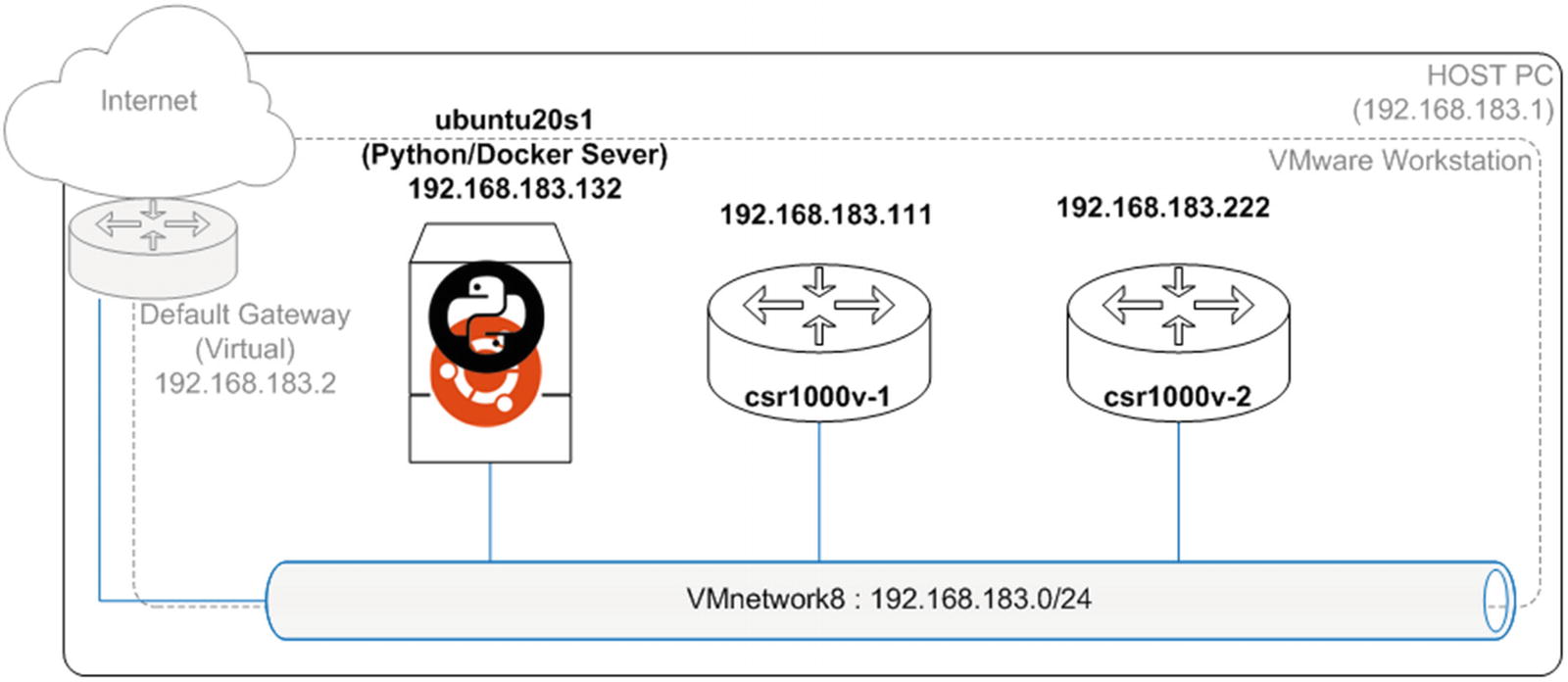
This way, the default route via 172.16.1.1 or ISP-A will not be used for packets coming from the subnet of VLAN100. Also notice that the configuration is setting the next-hop address to ISP-B router interface. Notice that the configuration makes a reference to ACL ID 100 that has been created on step 1 before. The name could be anything but best to keep it simple as it will be referred in the next configuration. On the above example, a route-map tagged with name Vlan100_to_ISP_B is created. R1(config-route-map)#match ip address 100 Therefore the route-map configuration equivalent to the statement above is as follows: R1(config)#route-map Vlan100_to_ISP_B
+was+used+for+redistribution..jpg)
In this scenario, we want packets coming from subnet in VLAN100 to the internet to be forwarded via ISP-B. Simply put, if a packet matches an ACL then router will set a custom action for this packet, ignoring the routing and forwarding logic. It should also be noted that one ACL ID can contain more than one access-list. Note that if PBR is intended to a specific destination IP or subnet then it should also be specified in the ACL. On the above example, ACL with ID number 100 is created. In this scenario, the subnet for VLAN100 is 192.168.100.0/24, therefore the access list is created using “ 192.168.100.0 0.0.0.255” as the source and “ any” as the destination. Specify the particular IP address or subnet as the source address in the ACL. The ACL can be a standard, extended, or named access-list. Creating access-listĪccess-list (ACL) is created in order to help identify the source IP address where PBR will be applied to. PBR implementation is required on R1 to achieve this purpose, and the configuration is as follows: 1. There is a requirement to make users in VLAN100 to use ISP-B as the gateway, while users on the other VLAN should still use the existing default gateway.

The current configuration on R1 uses 172.16.1.1 or ISP-A as the default gateway to the internet. R1 configuration snippet is as shown below: ! The IP address of ISP-A router interface facing to R1 is 172.16.1.1, and ISP-B router interface facing to R1 is 172.16.2.1. Both VLAN100 and VLAN200 gateway are configured on R1 interface f0/0 with subinterface number f0/0.100 and f0/0.200 for each VLAN respectively. PC1 is member of VLAN100 and PC2 is member of VLAN200. There are two VLANs in the local network and two ISP routers as the gateway to the internet, with the network topology as pictured below: This scenario will show the way to use PBR to decide which ISP that a network user should utilize based on its IP address. Policy Based Routing is very useful because it can manipulate the traffic flow based on the source properties defined in an access-list.
#Cisco ios xe policy based routing how to
How to Configure Policy Based Routing on Cisco Router

This post will provide guidance to understand the way to configure Policy Based Routing on Cisco router.

PBR supported by most vendors including Cisco. Such actions to be implemented are routing to a different next-hop address, forwarding using a different interface, or giving any special flags or precedence. In short, if packets arrived on a router matches a characteristic defined in the policy, then it will be given custom actions and ignoring the routing and forwarding logic. Policy Based Routing or PBR is a feature for network administrator to manipulate packet routing and forwarding to follow a defined policy set.


 0 kommentar(er)
0 kommentar(er)
